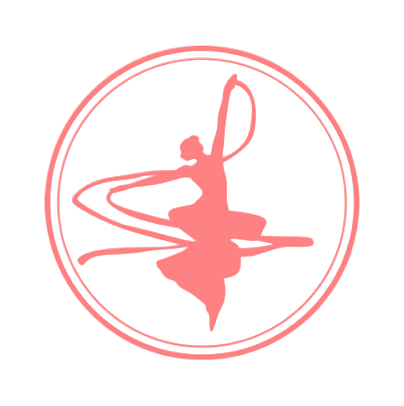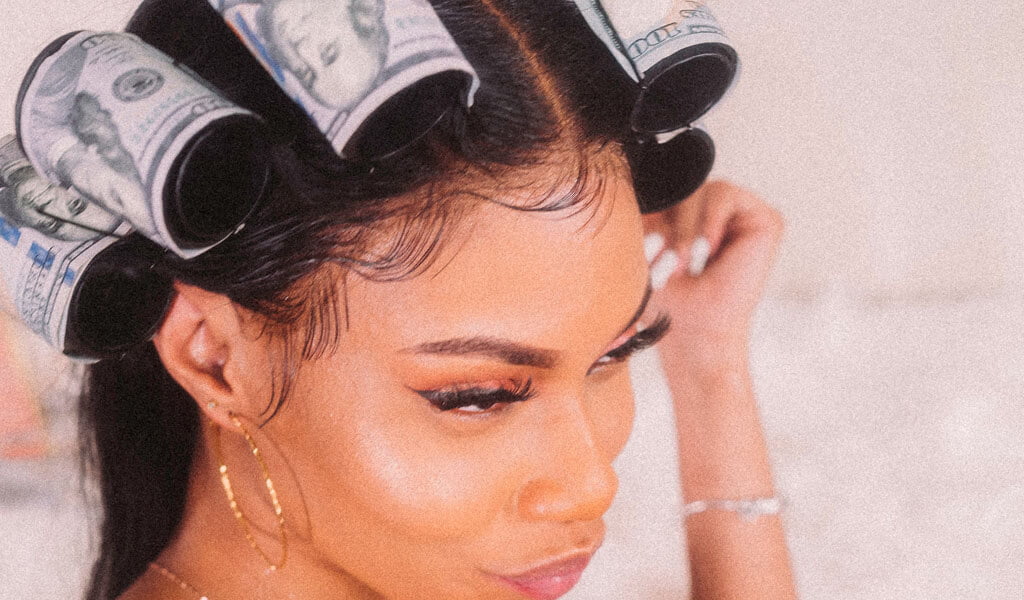Have You Noticed Loss, Itchiness, or Bumps on Your Scalp Due to Improper Haircuts? Is Your Hairstyle Harming Your Scalp? Doing your hair in ways that enhance its appearance but damage its health in return can have lasting repercussions for both. In this article, we will look into various hairstyles that could potentially harm your scalp and provide solutions on how best to maintain healthy scalp conditions.
Introduction: The Importance of Scalp Health
A healthy scalp is crucial to healthy hair growth. Your scalp acts as the foundation of your locks and supplies essential nutrients that promote its healthy development. Damaged or unhealthy scalps can lead to hair loss, itchiness and other conditions affecting the hair follicles resulting in hair fallout. Tight-fitting hairstyles that cause tension on your scalp could even damage follicles further and result in further hair fall.
The Harmful Hairstyles
Tight Ponytails and Braids
Tight Ponytails and Braids Tight ponytails and braids are popular hairstyles that may cause damage to your scalp. When pulling back tightly, this causes tension on your scalp which can result in hair loss and breakage as well as bumpy spots on the scalp which can be uncomfortable and even itchy.
Cornrows
Cornrows (tight braids woven close to the scalp) can be stylish and convenient hairstyles; however, too tight braids may damage your scalp if done too tightly and cause tension on it that leads to hair loss and breakage.
Weaves and Extensions
Weaves and Extensions Weaves and extensions are fashionable hairstyles that involve adding synthetic or human hair extensions to existing natural locks for a fuller, longer look; however, these hairstyles may cause damage to your scalp due to additional weight on it and tension caused by tension from tension caused by added hair on top of it – possibly leading to loss or breakage of natural locks.
Dreadlocks
Dreadlocks are an elegant yet low-maintenance hairstyle consisting of twisting your locks into thick ropes. While dreadlocks may look fashionable and low maintenance, if they are improperly managed they can lead to damage to your scalp causing tension on it and ultimately hair loss and breakage.
Maintaining a Healthy Scalp
Once you understand which hairstyles may damage your scalp, it is vital that you learn how to maintain a healthy scalp.
Avoid Tight Hairstyles
Opt For Looser Hairstyles To avoid hairstyles that cause tension on your scalp, choose looser styles that allow your scalp to breathe more easily.
Moisturize Your Scalp
Moisturize Your Scalp Regularly moisturizing your scalp to protect it from dryness and itching is vital in maintaining its health. For best results, natural oils like coconut, olive, or jojoba oil work great as sources of moisture for this task.
Cleanse Your Scalp
Cleanse your scalp regularly to rid it of dirt and buildup. A clarifying shampoo or natural cleanser like apple cider vinegar are effective options to use when cleansing the scalp.
Protect Your Hair at Night
Shield your hair during the night from breakage by wearing a silk or satin scarf or bonnet, which helps prevent breakage while simultaneously moisturizing it and keeping your scalp nourished with essential lipids and proteins that hydrate it.
Eat a Healthy Diet
Eat A Balanced Diet A diet rich in essential vitamins and minerals is key for maintaining optimal hair growth, such as salmon, spinach and sweet potatoes – foods such as these have proven very helpful in stimulating this growth process.
Consult a Professional
If you are experiencing scalp issues, consulting with a professional hairstylist or dermatologist can be beneficial in providing personalized recommendations on maintaining healthy scalp conditions as well as suggesting hairstyles that won’t aggravate existing ones.
FAQs
Q1. Do tight hairstyles cause hair loss or breakage?
A1. Yes, tight ponytails, braids and cornrows can lead to an increase in hair loss and breakage.
Q2. How can I moisturize my scalp?
A2. You can moisturize your scalp using natural oils such as coconut, olive, or jojoba oils. Apply the oil directly onto the scalp and rub gently into it for best results.
Q3. How often should I wash my hair?
A3 This depends on your individual hair type and scalp condition; generally speaking it’s recommended that you shampoo 2-3 times each week in order to maintain healthy scalp conditions and prevent buildup of dirt/oil build-up on your scalp.
Q4. Can I Wear Wigs Without Damaging My Scalp?
A4. Yes, wearing a wig without damaging your scalp is possible – provided it fits comfortably without creating tension on your scalp. To find such a wig.
Q5. Can stress lead to scalp issues?
A5. Yes, stress is known to lead to scalp conditions such as itchiness, dandruff and hair loss, so managing it effectively via exercises such as meditation or other relaxation techniques such as exercise is crucial in order to ensure overall good health for our bodies and scalps.
Q6. Does diet impact my scalp health?
A6. Yes, consuming a healthy diet rich in essential vitamins and minerals is important to maintaining optimal hair growth.
Conclusion
Your hairstyle plays an essential part in maintaining the health of both your scalp and hair. Tight ponytails, braids, and cornrows can cause significant damage to both follicles and your scalp, leading to hair loss or breakage. In order to keep a healthy scalp it’s essential that you avoid tight hairstyles while moisturizing, cleansing, protecting at night with hair protectors while eating healthily and consulting a professional if experiencing scalp issues; remember a healthy scalp is the foundation for healthy hair growth!
Does Your Hairstyle Affect Your Scalp?? Now may be the time to take stock and make changes that will promote a healthier scalp and hair.

